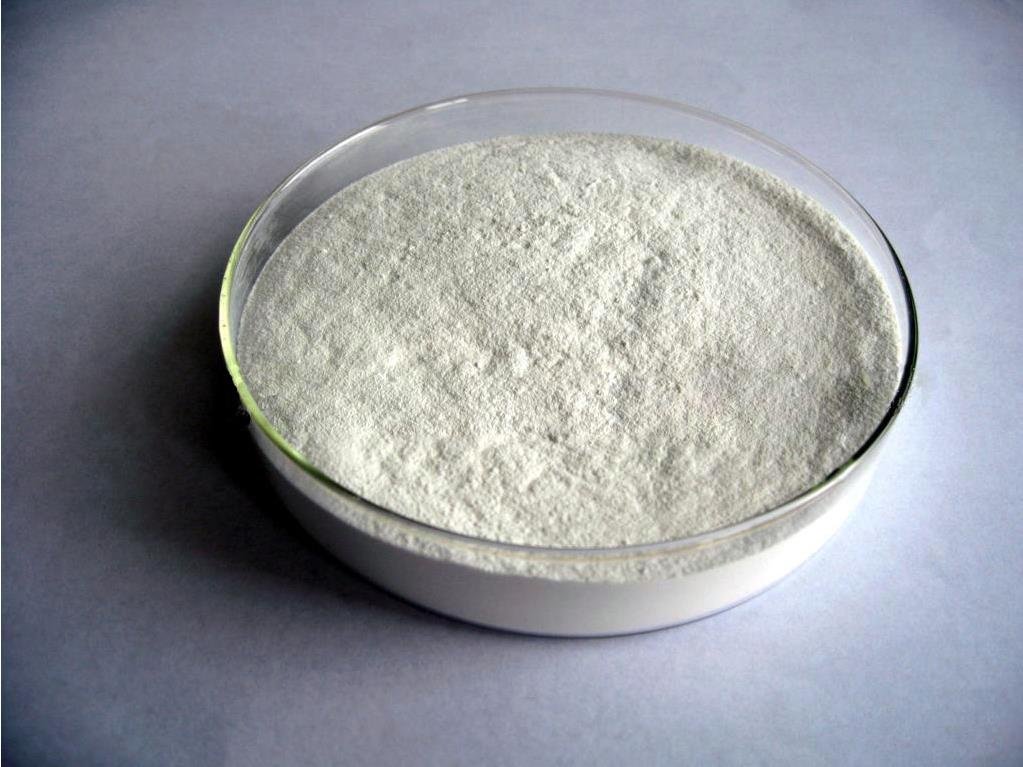In a world increasingly focused on reducing carbon footprints, organic malt syrup emerges as more than just a sweetener—it’s a tool for sustainable living. Derived from sprouted barley and produced through eco-conscious methods, this versatile ingredient can help you minimize waste, support organic farming, and craft planet-friendly meals. Here’s how to use organic malt syrup to build a greener kitchen and lifestyle.
1. How to Reduce Food Waste with Malt Syrup
The Problem: 30% of global food production goes to waste, much of it due to spoilage.
The Solution: Malt syrup’s natural preservative properties extend the life of homemade goods.
Step-by-Step Guide:
- Revive Stale Bread: Brush slices with water, drizzle lightly with malt syrup, and toast for crunchy, sweet revivals.
- Rescue Overripe Fruit: Simmer bruised apples or bananas with malt syrup and cinnamon for a zero-waste compote (perfect on oatmeal or yogurt).
- Preserve Homemade Granola: Malt syrup’s binding power keeps clusters intact, reducing crumbling and waste.
Recipe: “Forgotten Fruit” Jam
- Cook 2 cups of leftover berries/stone fruit with ¼ cup malt syrup and lemon juice. Jar and refrigerate for up to 3 weeks.
2. How to Make DIY Eco-Friendly Household Products
Ditch Plastic-Bottled Cleaners: Malt syrup’s mild acidity and stickiness make it ideal for non-toxic alternatives.
Projects to Try:
- All-Purpose Cleaner:
- Mix 1 cup water, ¼ cup vinegar, 2 tbsp malt syrup (to neutralize vinegar’s odor), and 10 drops essential oil.
- Natural Wood Polish:
- Combine 1 tbsp malt syrup, ½ cup olive oil, and 1 tbsp lemon juice. Buff onto furniture for a shine.
Why It Matters: These swaps eliminate single-use plastics and harsh chemicals.
3. How to Support Organic Farming with Your Malt Syrup Choices
The Link Between Malt Syrup and Regenerative Agriculture:
- Organic barley farming avoids synthetic pesticides, protecting soil health and pollinators.
- Look for certifications like USDA Organic or EU Organic to ensure ethical sourcing.
Action Steps:
- Buy in Bulk: Reduce packaging waste by purchasing large jars or from zero-waste stores.
- Compost the Residue: Leftover barley mash from syrup production? Compost it to enrich garden soil.
4. How to Craft Seasonal, Low-Carbon Recipes
Eat Seasonally, Sweeten Sustainably: Pair malt syrup with local, in-season produce to cut transportation emissions.
Seasonal Recipe Ideas:
- Spring: Rhubarb-malt syrup compote over pancakes (rhubarb thrives in cool climates).
- Summer: Malt-syrup-marinated grilled peaches with backyard herbs.
- Fall/Winter: Malt syrup-sweetened squash soup or spiced nut roasts.
Case Study: Portland’s Farm-to-Jar Collective uses malt syrup to preserve hyper-local produce, reducing reliance on imported sugars.
5. How to Repurpose Malt Syrup Containers
From Jar to Treasure: Glass malt syrup jars are perfect for upcycling.
Creative Ideas:
- Spice Blends: Store homemade curry powder or tea mixes in cleaned jars.
- Seed Starters: Punch drainage holes in lids, fill with soil, and plant herb seeds.
- Candle Holders: Fill jars with soy wax and reuse syrup residue as a caramel-scented additive.
6. How to Advocate for Sustainability Through Food Choices
Spread the Impact:
- Host a Zero-Waste Baking Workshop: Teach friends to make malt syrup granola bars using reusable molds.
- Share Recipes Online: Tag brands that prioritize eco-packaging to encourage industry change.
Conclusion
Organic malt syrup isn’t just a pantry staple—it’s a gateway to sustainable living. By learning how to use organic malt syrup to reduce waste, craft eco-friendly products, and support ethical agriculture, you can sweeten your life while protecting the planet. Every drizzle, scrub, or repurposed jar becomes a step toward a greener future.










